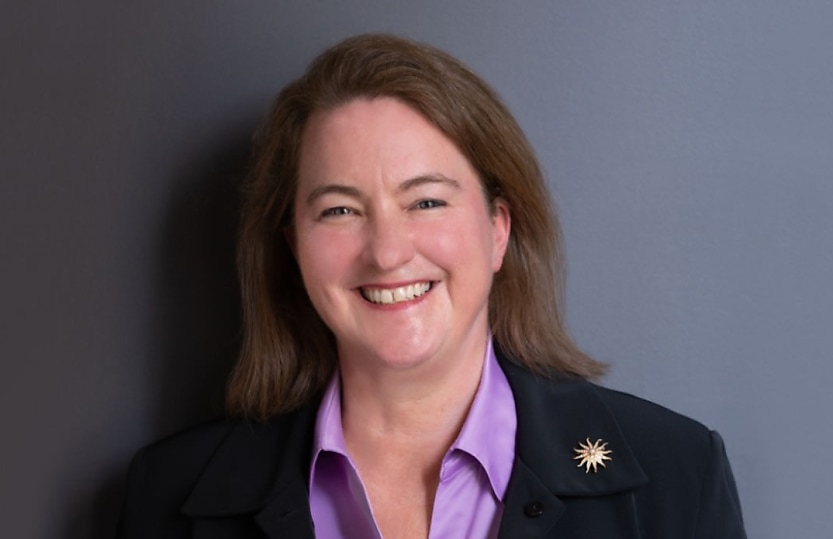Private sector trails public sector in gender pay parity: WGEA

Recently released data from the Workplace Gender Equality Agency has found that private business lag behind the public sector in pay parity between men and women.
Public sector employers had a median pay gap of 4.8 per cent in 2023, considerably lower than the private sector’s gap of 8.9 per cent, data from the Workplace Gender Equality Agency (WGEA) has shown.
The public sector’s strong gender pay gap progress has been underpinned by a more even gender balance in upper management roles, chief executive of the WGEA, Mary Wooldridge, said.
“The Commonwealth public sector has achieved gender balance in the composition of the workforce, at managerial level and in the upper quartile of remuneration. This is a critical driver of the lower gender pay gaps reported today,” Wooldridge said.
Almost half (45 per cent) of public sector employers had a median gender pay gap within the WGEA’s target range of plus/minus 5 per cent. Furthermore, over half (51 per cent) had reduced their pay gap between 2022 and 2023.
The WGEA pointed to flexible working arrangements as one way in which the public sector better supported women.
“Almost all employers have a policy or strategy in place for flexible work, and most offer a full suite of flexible working arrangements. This likely contributes to the high rates of full-time work by both women and men in the Commonwealth public sector,” it said.
In contrast, previous WGEA data found that gender pay gaps in the accounting industry were driven by a low representation of women in higher ranks and rigid expectations to ‘always be on call,’ which were often incompatible with the unpaid care responsibilities that many women shouldered.
“We get a lot of feedback from women who say, ‘I'm working at a much lower level than I'm capable of because my organization doesn't have a culture that supports being able to work in a way that's flexible at the more senior level,” Wooldridge said.
“Sometimes women are not able to work full time, but most of the senior roles are full-time roles.”
The WGEA found that public sector employers had put in considerable effort to shrink their gender pay gaps, with 4 of 5 employers having a policy or strategy to support gender equality, while 93 per cent consulted employees on gender equality issues.
Furthermore, 72 per cent had conducted a gender pay gap analysis of their own in 2023 (up from 64 per cent in 2022) while 75 per cent took action as a result of the analysis (up from 64 per cent in 2022).
“Commonwealth public sector employers should be recognised for their hard work to improve gender equality in their workplaces and achieving gender balance across the entire public sector workforce, as well as at all management levels and remuneration quartiles and in governing bodies,” Wooldridge said.
While the progress had been encouraging, Wooldridge said that it was too early to declare victory over the gender pay gap.
“Although we are seeing positive results and progress, there’s still work to do,” Wooldridge said.
She urged public and private-sector firms to focus on breaking down gender-based barriers, such as stigma which disincentivises men from taking carers’ leave, leaving care burdens to fall disproportionately on women.
“Workplace gender equality benefits everyone, so it is important that barriers for men are also addressed,” Wooldridge said.
“Commonwealth public sector employers need to work deliberately and strategically to drive cultural change that removes real or perceived penalties for taking time out for caring roles and ensure more men have confidence to take primary carer’s leave.”
About the author

